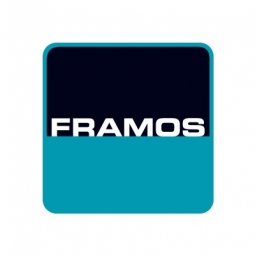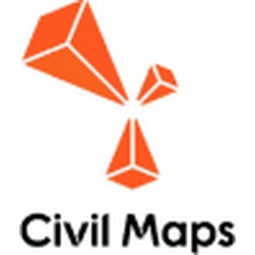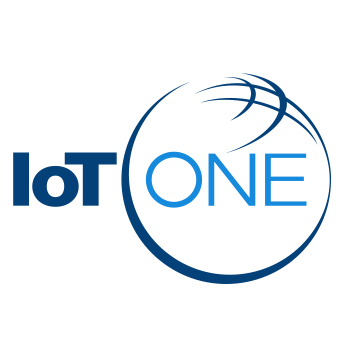Wikitude

概述
公司介绍
Wikitude 是一家位于奥地利萨尔茨堡的移动增强现实(AR) 技术提供商。 Wikitude 成立于 2008 年,最初专注于通过 Wikitude World Browser App 提供基于位置的增强现实体验。 2012 年,该公司重组了其主张,推出了 Wikitude SDK,这是一个利用图像识别和跟踪以及地理定位技术的开发框架。
Wikiitude SDK 是公司的核心产品。该 SDK 于 2008 年 10 月首次推出,包括图像识别和跟踪、3D 模型渲染、视频叠加、基于位置的 AR 和支持对象识别和跟踪的 SLAM 技术(同时定位和映射)以及无标记即时跟踪。跨平台 SDK 适用于 Android 和 iOS 操作系统,并针对多种智能眼镜设备进行了优化。
Wikiitude 应用程序是第一个使用基于位置的增强现实方法的公开应用程序。
其完全内部开发的 AR 技术可通过其 SDK、Cloud Recognition 和 Studio 产品获得,使品牌、代理商和开发人员能够实现其 AR 目标。 Wikitude 拥有约 100,000 个注册开发者帐户,已发展成为世界领先的独立 AR 平台。 Wikiitude SDK 是 20,000 多个应用程序不可或缺的一部分,这些应用程序由小型企业以及多个行业的许多财富 100 强公司运行。
物联网应用简介
Wikitude 是基础设施即服务 (iaas), 应用基础设施与中间件, 和 分析与建模等工业物联网科技方面的供应商。.
技术栈
Wikitude的技术栈描绘了Wikitude在基础设施即服务 (iaas), 应用基础设施与中间件, 和 分析与建模等物联网技术方面的实践。
-
设备层
-
边缘层
-
云层
-
应用层
-
配套技术
技术能力:
无
弱
中等
强

Supplier missing?
Start adding your own!
Register with your work email and create a new supplier profile for your business.
同类供应商.

Supplier
Scandit
Scandit develops software for mobile enterprise apps for barcode scanning, text and objects recognition, and delivering real-time insights through AR.Scandit is helping business users and consumers to augment the physical world with relevant digital information in real time through barcodes, images, and other visual identifiers captured with smart devices such as smartphones, Wearables, drones, and robots.Over the years the company has evolved into a world-class team of mobile image processing, cloud-computing, and “Internet of Things” experts from around the globe. It has developed a culture of thought leadership and innovation that perpetually aims to break new ground in the mobile AIDC space. Many of the world’s most innovative and successful companies are already reaping the benefits of Scandit’s next-generation mobile data capture platform.The company is headquartered in Zurich, Switzerland, and is also represented in San Francisco, Boston, London and Warsaw.

Supplier
Grafana Labs
Grafana Labs is the company behind leading Open Source projects Grafana and Loki, and the creator of the first open and composable observability platform. The company offers Grafana Enterprise, with key features and support for large organizations, and Grafana Cloud, the official managed hosted Grafana stack. A remote-first company, Grafana Labs has a globally distributed team and is backed by leading investors Lead Edge Capital and Lightspeed Venture Partners.

Supplier
Framos
Framos GmbH offers a portfolio of vision services and components to enable machines and imaging and vision technologies.The company has been a leading global supplier of imaging products, custom vision solutions and OEM services and as a modern family business. It has assisted its customers since 1981 in the development of vision technologies.

Supplier
Optimus Ride
Optimus Ride Inc. is a self-driving vehicle company based in Boston, MA. We design technologies to enable efficient, sustainable, and equitable mobility systems and solutions. As an MIT spinoff company, we combine over 30 years of interdisciplinary university research in selfdriving technologies (DARPA Urban Challenge), electric vehicles (CityCar), and Mobility-on-Demand Systems. The team includes a decade of industrial and entrepreneurial experience that combines manufacturing robots, urban design, and shared vehicle fleet management.

Supplier
Civil Maps
Civil Maps' sensor-agnostic platform enables vehicular cognition for self-driving cars, emulating the mental routines of human cognition used in the tasks of driving and navigation. OEMs of all types, mapping companies, and mobility providers use our technology to advance their autonomous driving initiatives by integrating our Cognition Engine with their decision-making stack and sensor configurations of choice. Civil Maps enables vehicles to develop and leverage their own ental model of the world; they can can create, utilize, and crowdsource maps with the industry's most cost-effective, scalable, and robust methods available today. Civil Maps proprietary fingerprinting technology is at the core of our offerings in Sensor Fusion, 3D mapping, centimeter-accurate localization in 6 Degrees of Freedom (6DoF), and machine perception. While empowering vehicles with full environmental awareness and enhanced safety, Civil Maps is able to dramatically reduce the cost, compute, and energy requirements involved in continental-scale deployment of autonomous cars, trucks, and heavy equipment.








